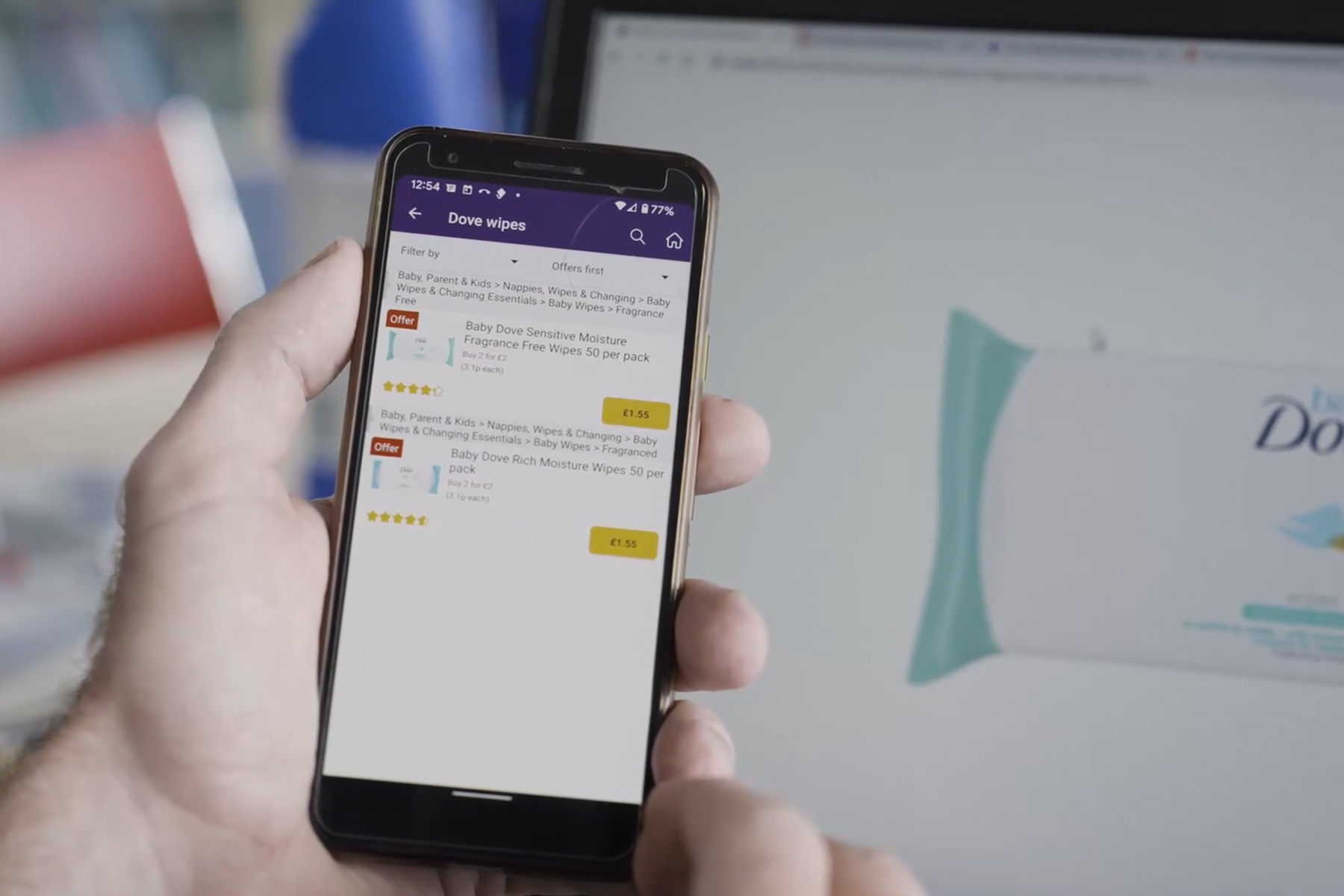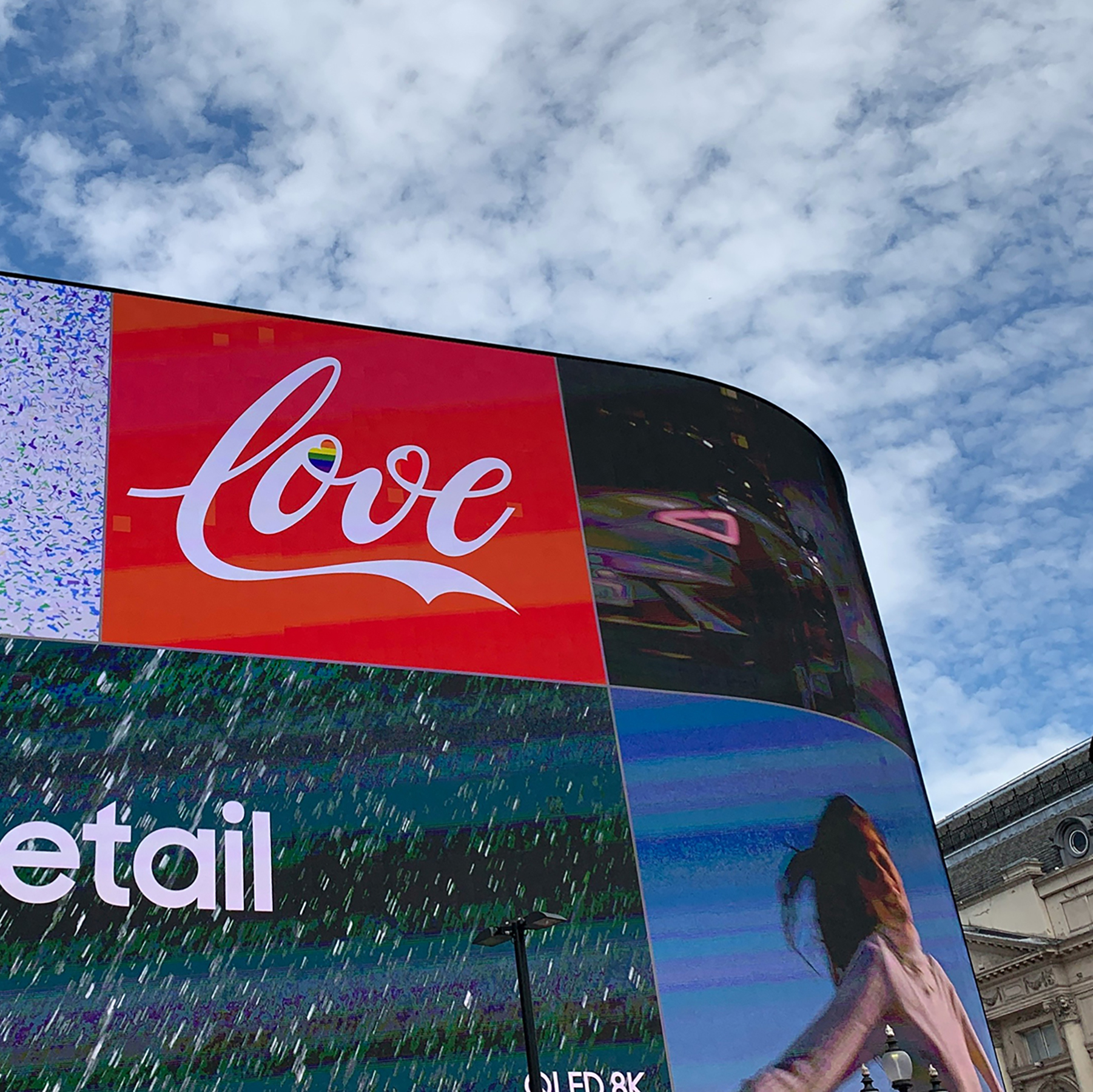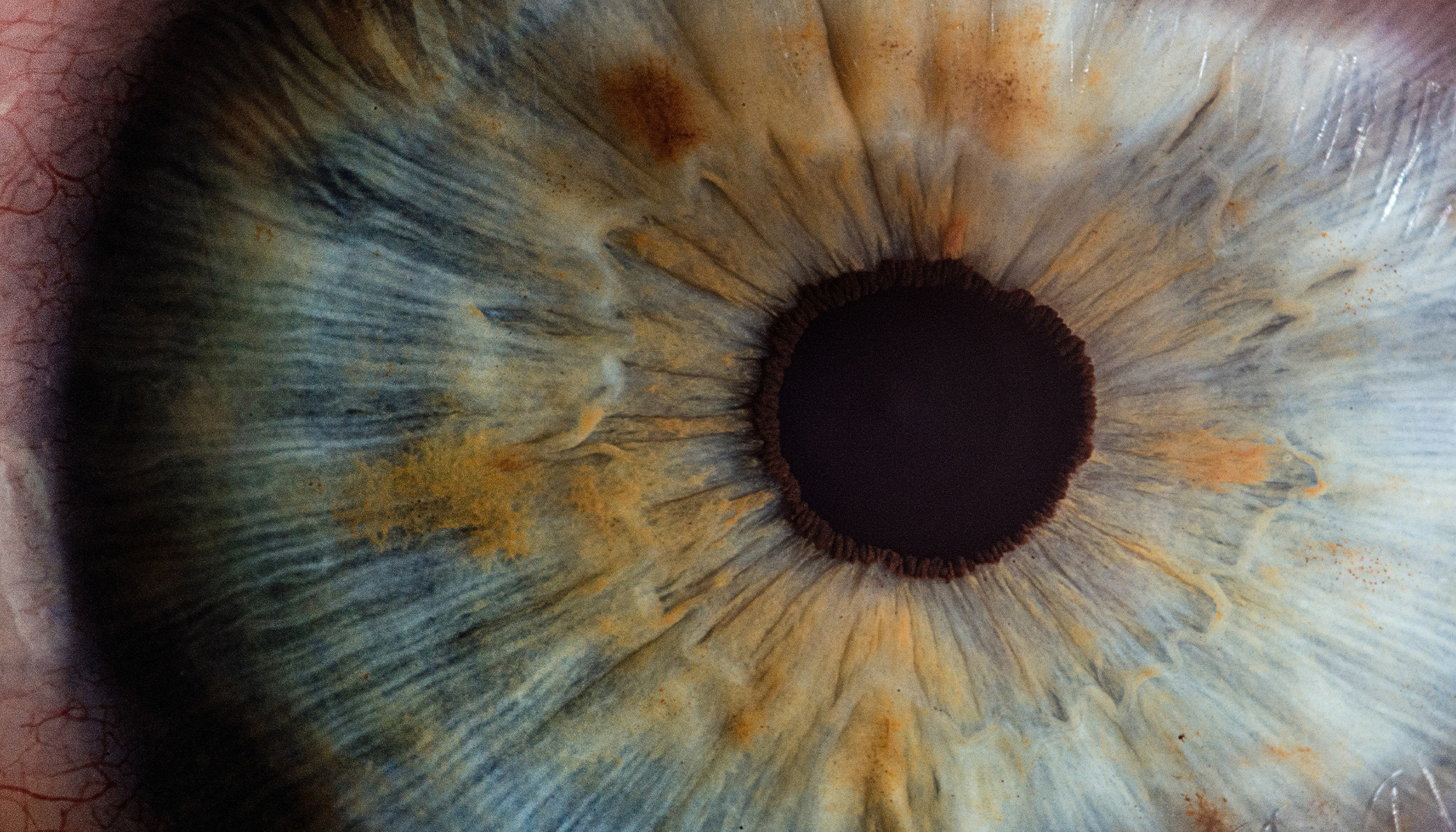Impact story: Clari-Fi
Research ToolsTo perform advanced research, academics sometimes need to create new tools, including reagents, software and questionnaires.
Cambridge Enterprise works in partnership with such academics to extend the reach and impact of their new tools by commercialising them, typically via non-exclusive licence agreements. In 2019, Cambridge Enterprise commercialised a software tool called Clari-Fi.
Making images and text more accessible
Clari-Fi applies a level of blurring to images and text, which simulates the challenges of viewing these graphical features on mobile devices. The level of blurring that is applied has been calibrated to population data, such that graphical features that appear ‘easy to see’ despite the blurring will remain ‘easy to see’ for most people, and particularly for those with age-related long-sightedness.

Consultancy project with Unilever
Created by Dr Sam Waller in the Department of Engineering’s Inclusive Design Group, Clari-Fi was first used as part of a consultancy project with Unilever. Clari-Fi helped the company understand how well its e-commerce images would perform, when displayed at a thumbnail size within search results listings on mobile screens.
Before any new or updated e-commerce images are sent to retailers, Unilever now requires that they pass the Clari-Fi visual clarity test. In the past three years, over 30,000 Unilever product images have been tested using Clari-Fi. E-commerce images that pass the clarity test help shoppers to recognise the critical details more quickly, which encourages sales uplift. After enhancing its e-commerce images to pass the test, one of Unilever’s brands (Magnum) experienced a sales uplift of 24%.
"I appreciate Cambridge Enterprise’s can-do approach to commercialisation. Even when new, bespoke licensing agreements are required, Cambridge Enterprise makes it happen."

Increasing demand
Dr Waller recently extended the tool so that it can be used to test apps and websites on both desktops and mobile screens. Cambridge Enterprise has seen increasing demand for Clari-Fi licences, from individual licences for graphic designers to site licences for multinational companies. Additionally, our Research Tools team has licensed the data underpinning the software to an online graphical design platform. Dr Waller hopes other companies will use Clari-Fi to assess different kinds of graphical features on more devices, leading to e-commerce images, apps and websites that are easier to see for everyone.
Annual Review 2022
This impact story was first published in the Cambridge Enterprise Annual Review 2022.
View our Annual Review 2022 to learn more about some of the exciting breakthroughs and innovations that we have been part of during 2021-2022.
Image Credits
Banner and In-text Image – Clari-Fi
Quote Image – Unsplash




